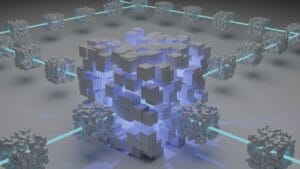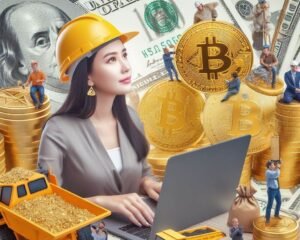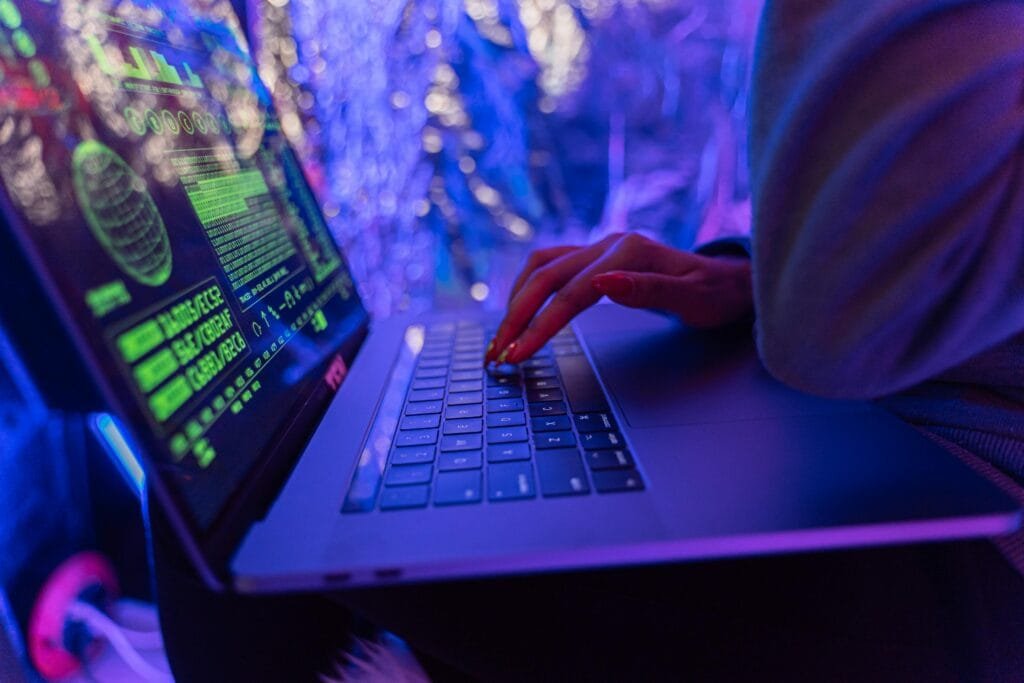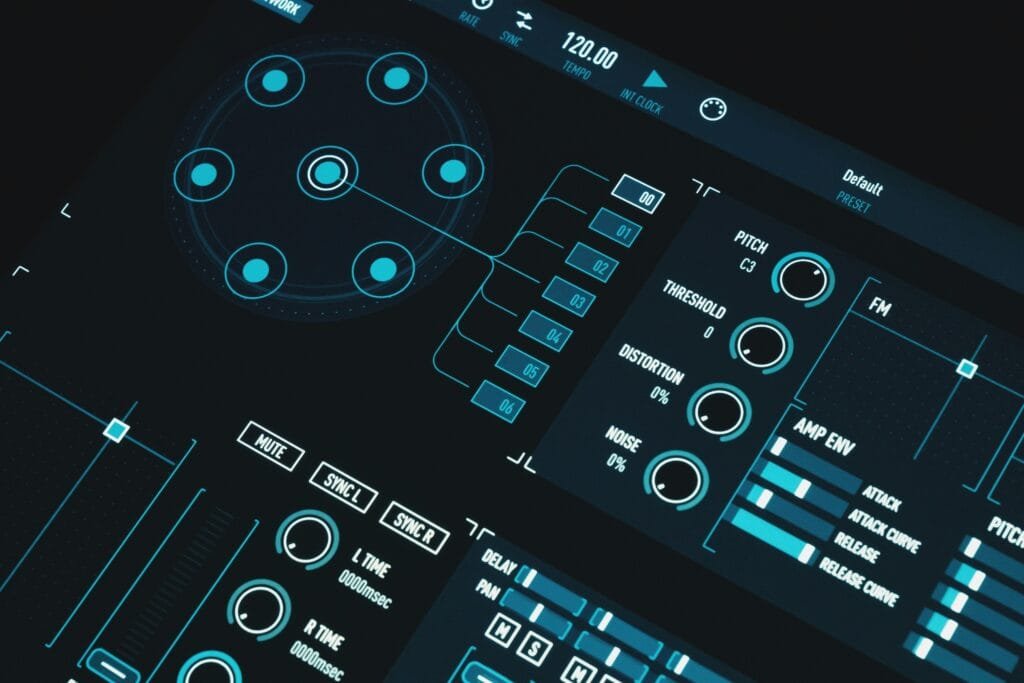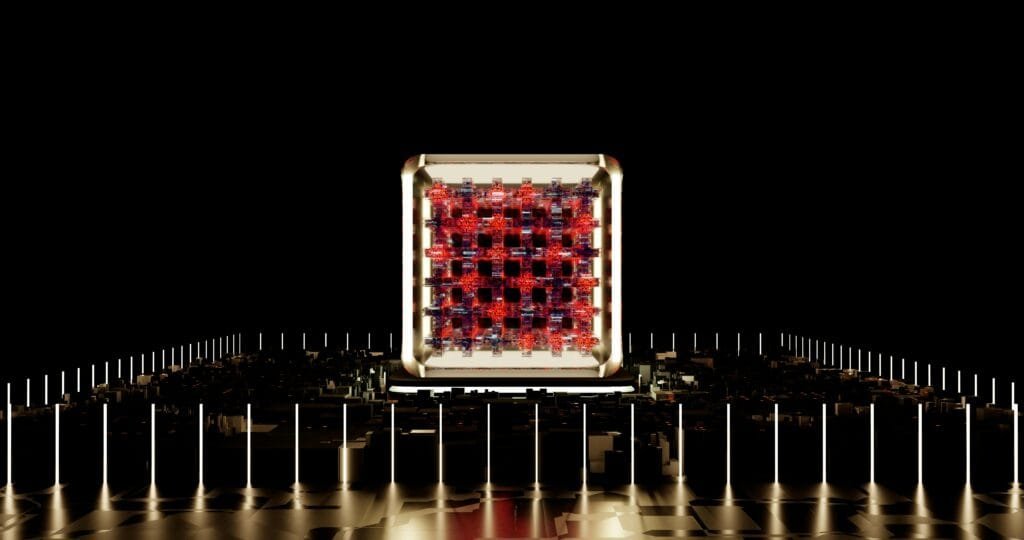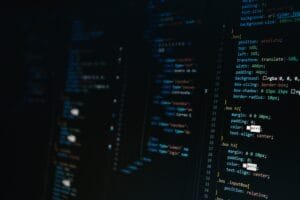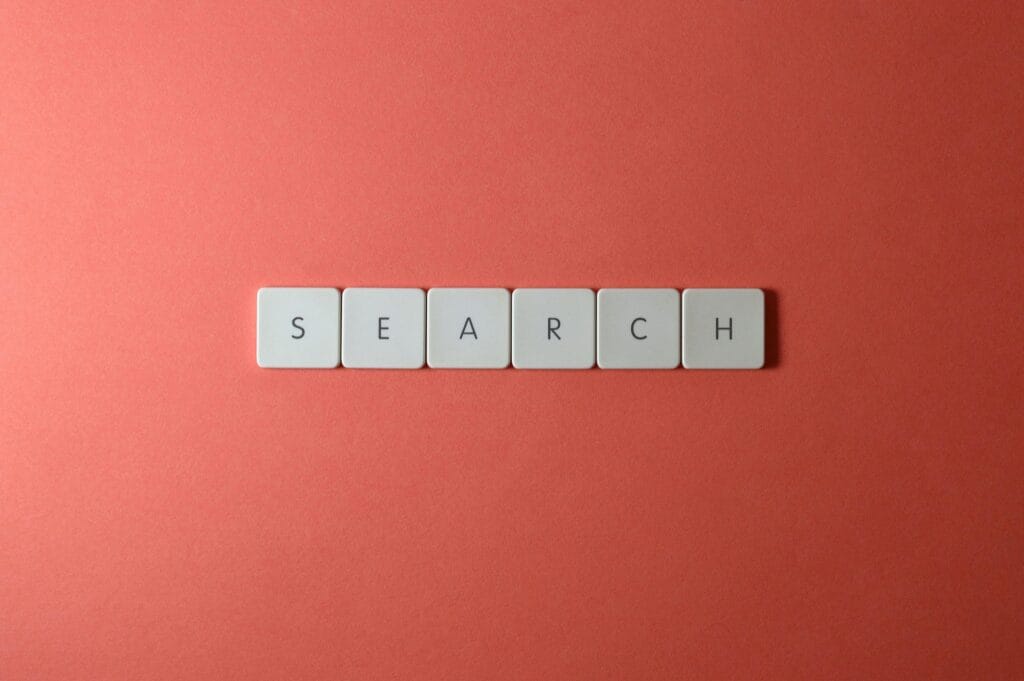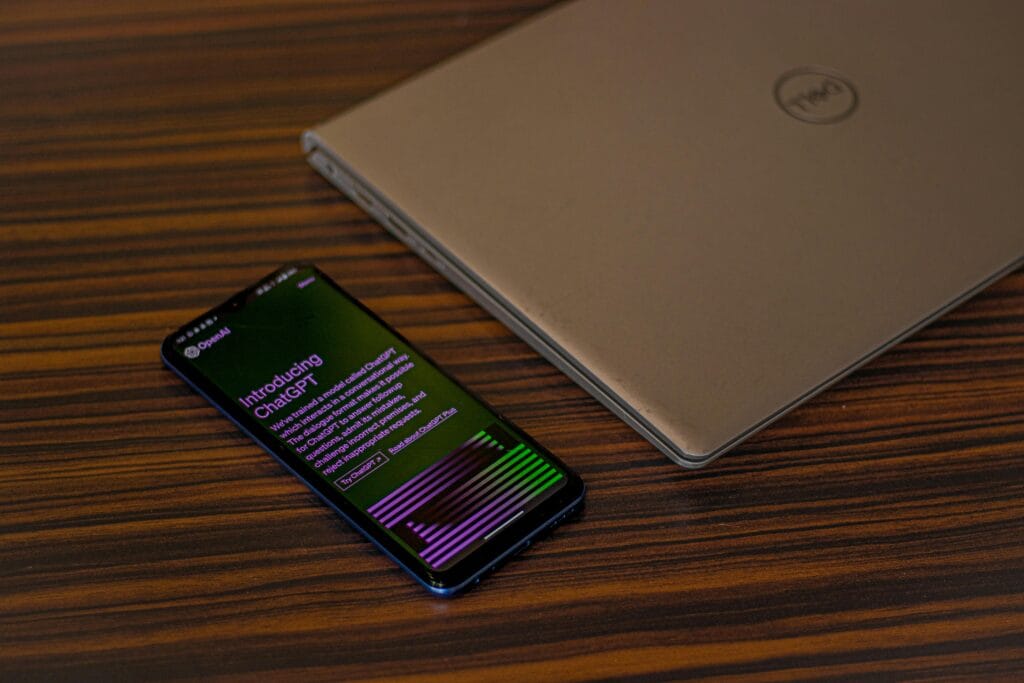
For years, the world of blockchain and decentralized finance (DeFi) has felt like a separate universe, operating with its own set of rules and assets, often disconnected from the tangible economy we interact with daily. While cryptocurrencies have captured headlines with their volatility and innovation, the vast majority of global wealth – trillions of dollars – remains locked in traditional, often illiquid assets like real estate, private equity, art, and commodities. A groundbreaking movement is now working to dismantle the wall between these two worlds. It’s called Real-World Asset (RWA) tokenization, and it’s poised to become one of the most significant financial innovations of our time, creating a secure bridge to bring tangible, real-world value on-chain. This isn’t just another crypto trend; it’s the maturation of blockchain technology into a foundational layer for the future of finance.
What is Real-World Asset Tokenization
At its core, RWA tokenization is the process of creating a digital representation of ownership of a real-world asset on a blockchain. Think of it as a next-generation digital title or deed. Each token is a unique, programmable digital certificate that proves ownership of a specific asset or a fraction of it. The process typically involves three key stages: off-chain formalization, information bridging, and on-chain token issuance. First, the asset’s value, legal ownership, and authenticity are established in the real world. Then, this information is securely and reliably brought onto the blockchain using technologies like oracles. Finally, a smart contract is used to mint a token (or multiple tokens) that corresponds to that asset. For instance, a $1 million commercial building could be tokenized into 1,000 tokens, each representing a 0.1% ownership stake. This seemingly simple concept has profound implications, transforming illiquid, monolithic assets into divisible, easily transferable digital instruments that can be traded on DeFi platforms 24/7.
Why This Unlocks Unprecedented Value
The excitement around RWA tokenization stems from its ability to solve deeply entrenched problems in traditional finance. The most significant benefit is enhanced liquidity. Assets like fine art, vintage cars, or stakes in a private company are notoriously difficult and slow to sell. By tokenizing them, you create a global market where ownership can be transferred almost instantly, without the need for costly intermediaries like brokers, lawyers, and banks. This leads directly to another major benefit: fractionalization. For the first time, an average investor could own a small piece of a skyscraper in Manhattan or a fraction of a rare Picasso painting, democratizing access to asset classes that were previously reserved for the ultra-wealthy. Furthermore, the transparency of the blockchain provides a clear and immutable record of ownership, reducing the risk of fraud and disputes. As financial titans like BlackRock’s CEO Larry Fink have stated, the tokenization of every financial asset is the inevitable next step in a global move towards more efficient markets.
The Technology Making It Possible
RWA tokenization is not just a financial theory; it is enabled by a maturing stack of Web3 technologies. At the foundation are robust blockchains like Ethereum, which provide the secure and programmable environment needed to mint and manage these tokens. Smart contracts are the digital engines that automate the rules governing the assets—everything from compliance checks and dividend distributions to voting rights. However, a crucial piece of the puzzle is connecting the on-chain tokens to off-chain data. This is where oracle networks, such as Chainlink, play a vital role. Oracles act as secure bridges, feeding essential real-world information – like interest rates, asset valuations, or proof of reserves—to the smart contracts. Without this reliable data link, the on-chain token would be disconnected from its underlying value. The combination of secure blockchains, automated smart contracts, and trusted oracles creates the transparent and resilient infrastructure needed to support a multi-trillion dollar market for tokenized assets, a potential highlighted in reports by the Boston Consulting Group.
The Hurdles on the Road to Mass Adoption
Despite the immense promise, the path to a fully tokenized world is not without its challenges. The single greatest obstacle is regulatory uncertainty. Governments and financial authorities around the globe are still determining how to classify and regulate these new digital assets. Are they securities, commodities, or something else entirely? The answer will have massive implications for issuance, trading, and taxation. Another significant hurdle is ensuring the integrity of the connection between the physical asset and its digital token. What legal frameworks and custody solutions are needed to guarantee that the token holder truly has an enforceable claim on the underlying asset? Finally, there are technical and operational challenges related to asset valuation, data privacy, and scalability that need to be solved before tokenization can achieve mainstream adoption, a topic frequently explored by industry publications like Forbes.
Real-World Asset tokenization represents a monumental step in the evolution of both blockchain technology and the global financial system. It is moving DeFi from a niche, speculative arena into the heart of the real economy. By making assets more liquid, accessible, and transparent, tokenization has the potential to unlock trillions of dollars in value, create more efficient markets, and offer unprecedented opportunities for investors worldwide. While the regulatory and technical journey is still underway, the momentum is undeniable. We are witnessing the construction of a foundational layer for a new, more inclusive financial paradigm, where ownership of anything of value can be securely and seamlessly exchanged at the speed of the internet.
1. Boston Consulting Group – “On-Chain Asset Tokenization”: https://www.bcg.com/publications/2023/on-chain-asset-tokenization-unlocking-global-illiquid-assets
2. BlackRock – Larry Fink’s Shareholder Letter (mentioning tokenization): https://www.blackrock.com/corporate/investor-relations/larry-fink-chairmans-letter
3. CoinDesk – “What Are Real-World Assets (RWAs)?”: https://www.coindesk.com/learn/what-are-real-world-assets-rwas/
4. Forbes – “Tokenization Of Real-World Assets Is A Multi-Trillion Dollar Opportunity”: https://www.forbes.com/sites/forbestechcouncil/2023/11/14/tokenization-of-real-world-assets-is-a-multi-trillion-dollar-opportunity/
5. Chainlink – “The Role of Oracles in RWA Tokenization”: https://blog.chain.link/real-world-asset-tokenization/
